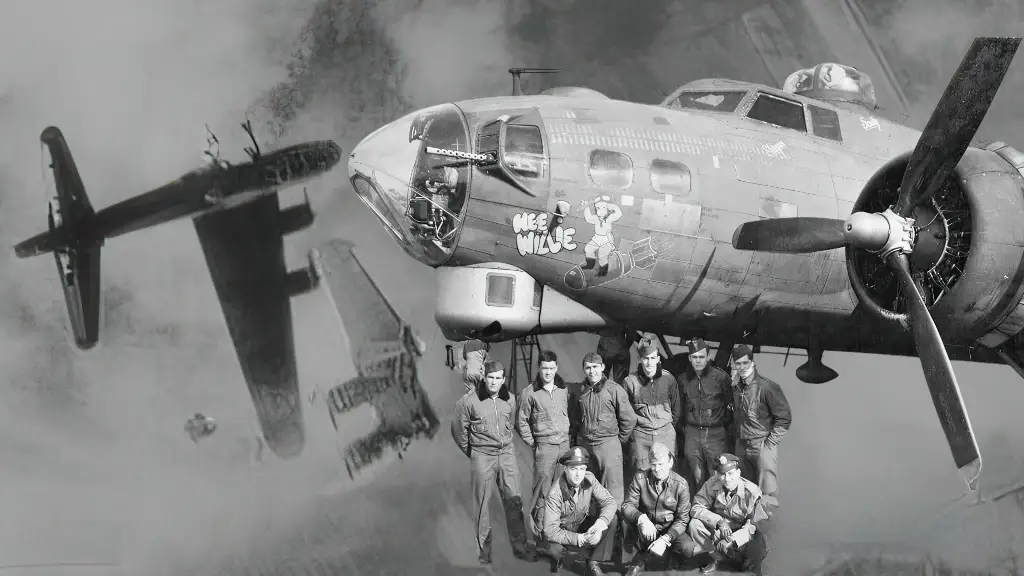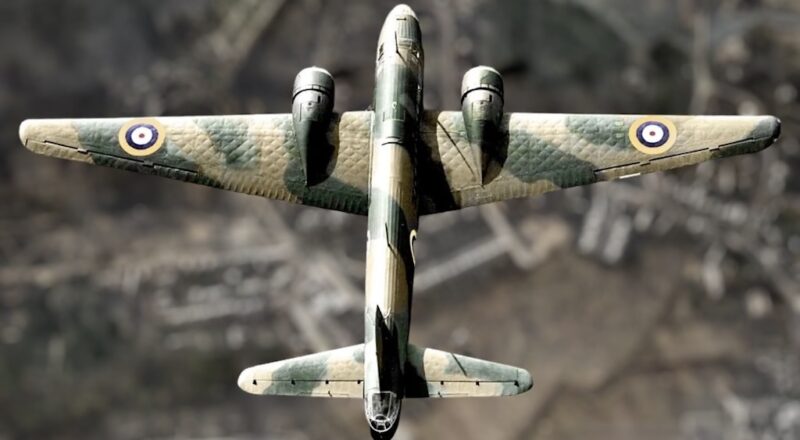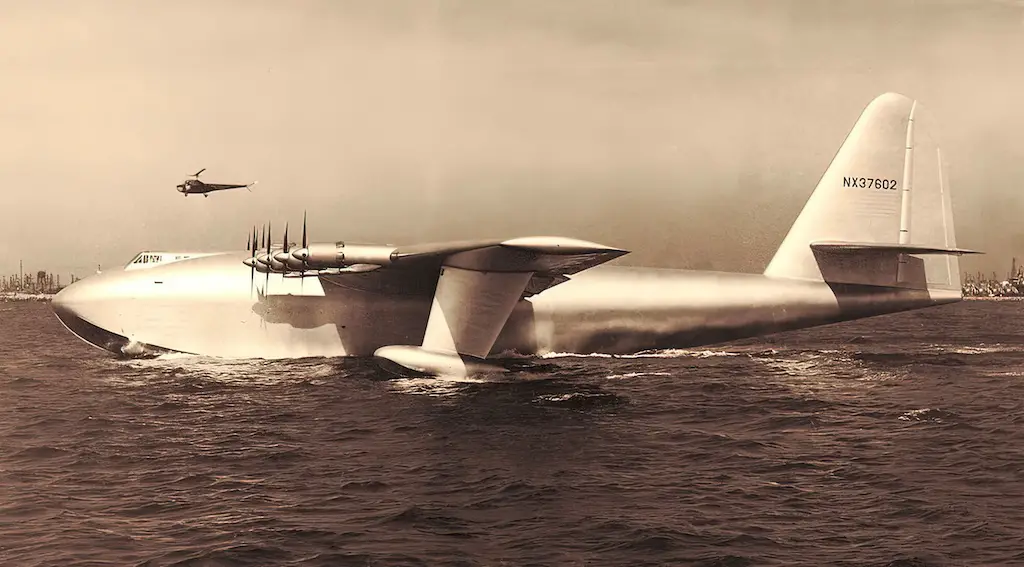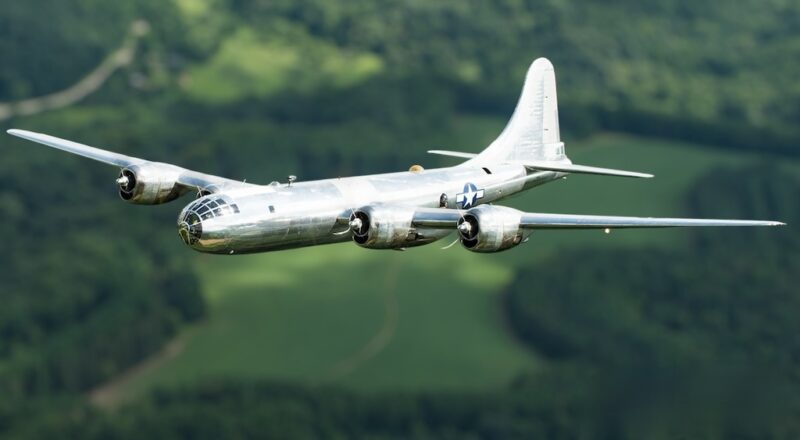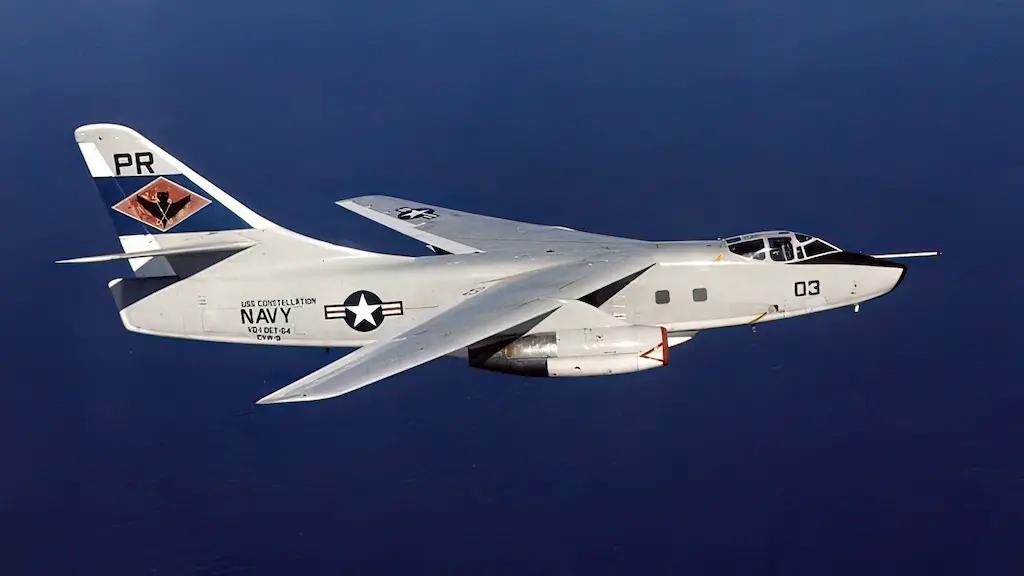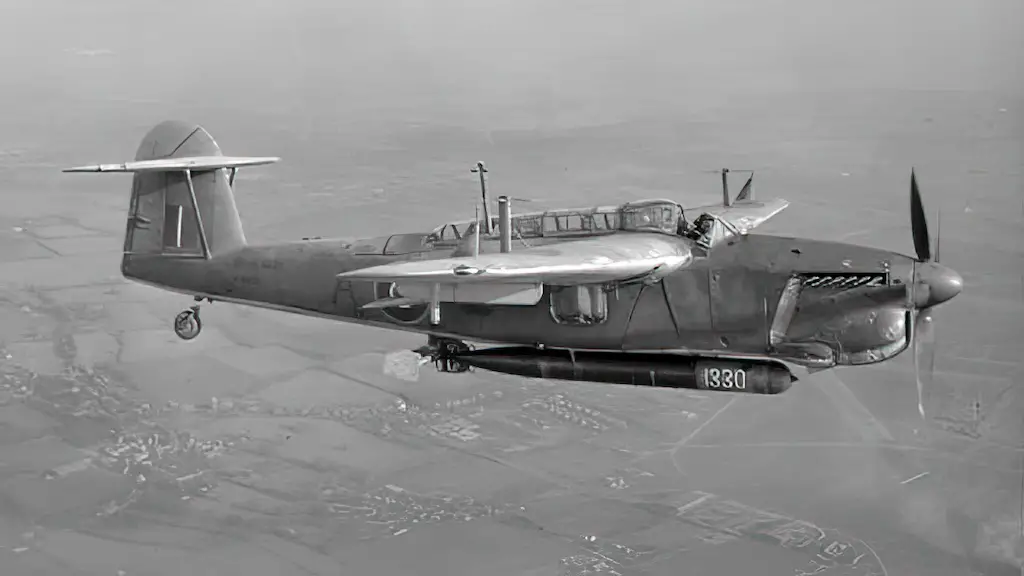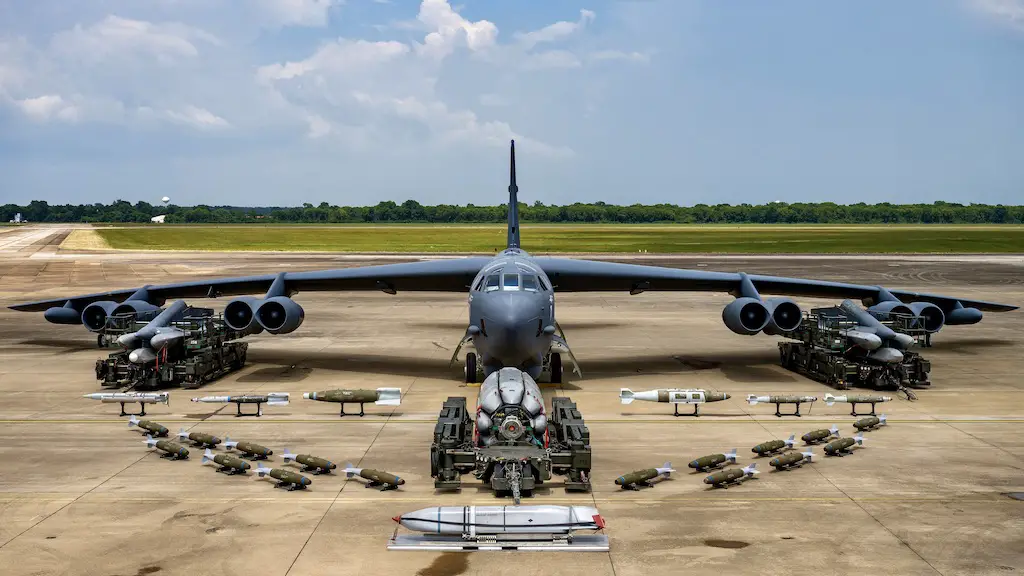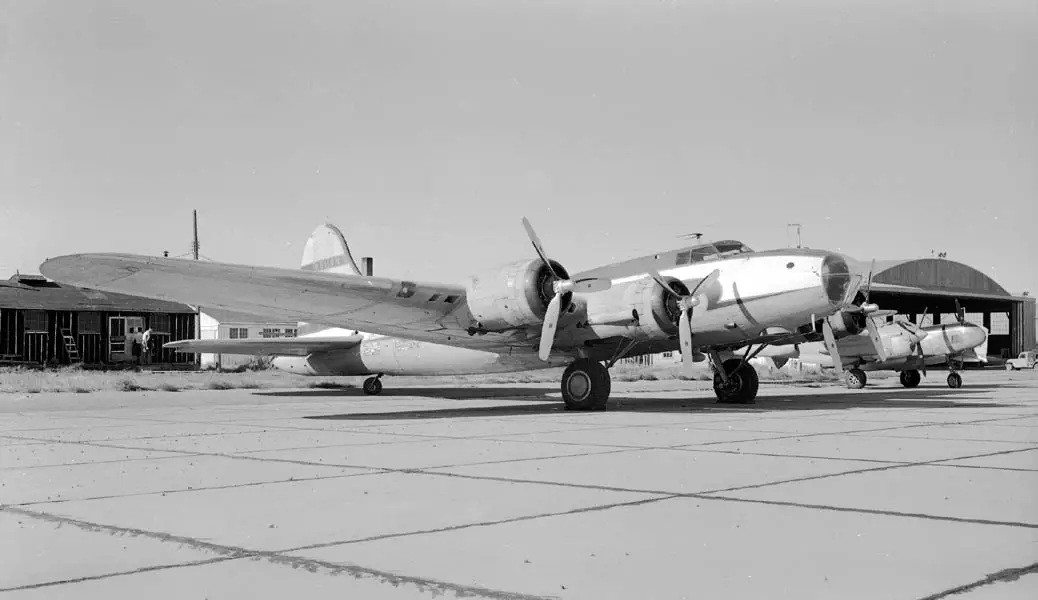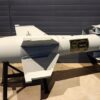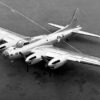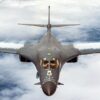The B-17 Flying Fortress remains an emblem of the aerial might and bravery displayed during World War II. None more so represents the danger and determination of these times than the ill-fated “Wee Willie.” The story behind its final, tragic moments is a stark reminder of the risks and sacrifices of aircrews during the American daylight bombing campaign over Germany.
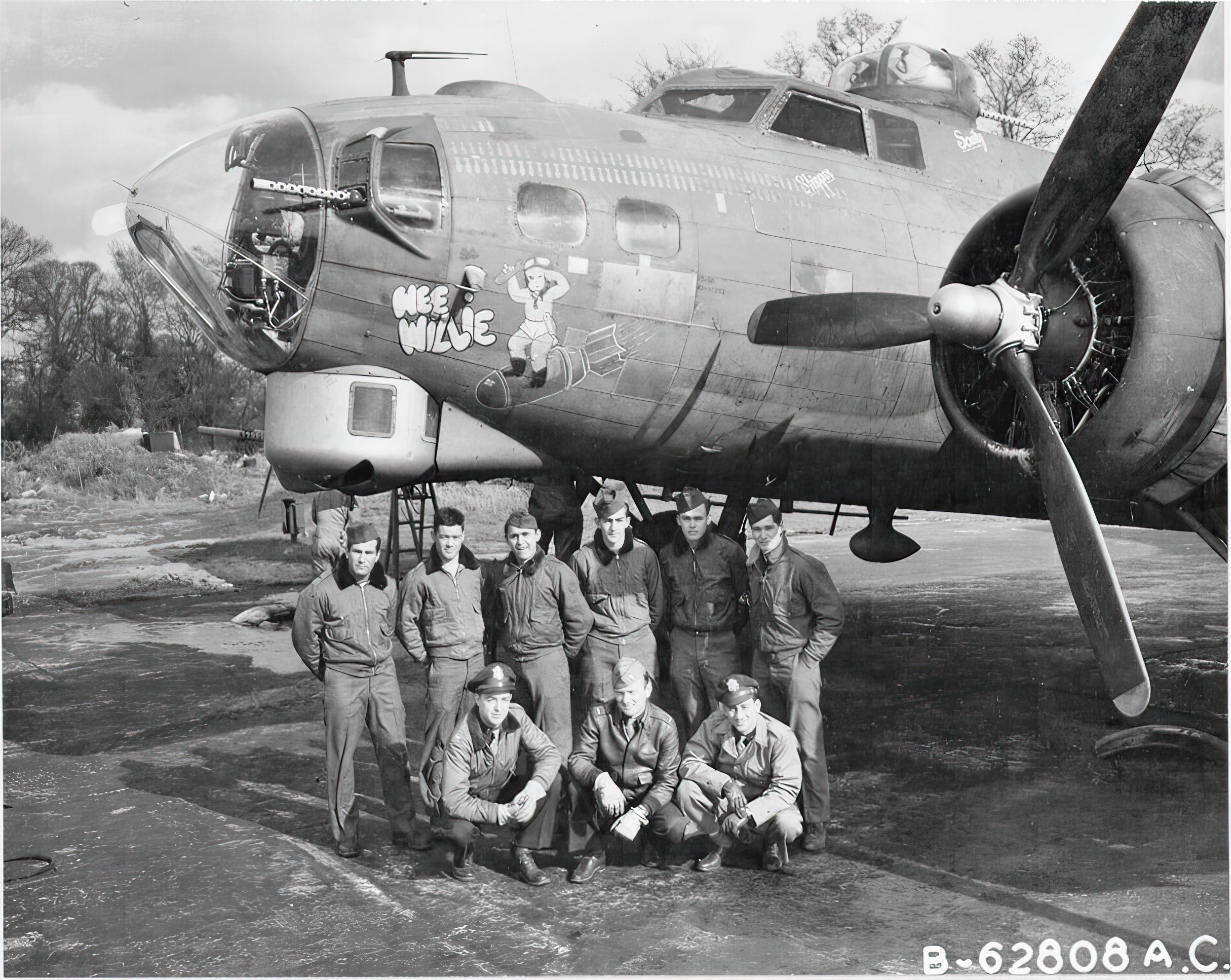
Catastrophic Hit
The initial photograph in the series captures the moment immediately following a devastating flak hit. “Wee Willie’s” port wing has been sheared off, now spinning wildly over its tail and engulfed in flames. This image captures the beginning of the end, with the aircraft starting its fatal plummet. The intensity of the battle and the suddenness of the destruction are palpable, marking the start of a brief and final descent.
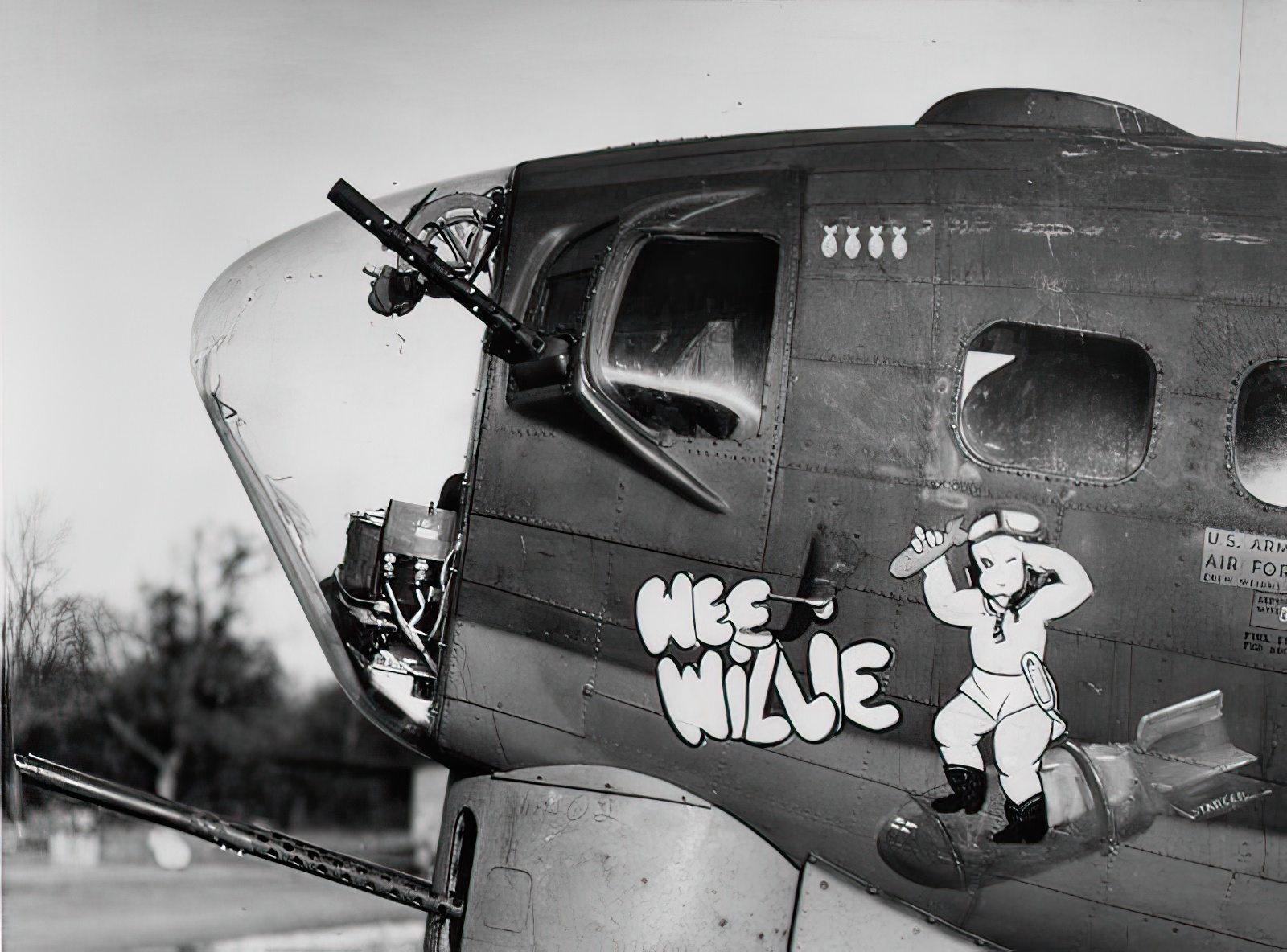
A Spiraling Dive
The second photograph, often used to symbolize the horrors faced by American aircrews, shows “Wee Willie” in its death dive. Here, the aircraft is almost entirely consumed, spiraling towards the earth with all nine crew members still on board. The photo is a chilling depiction of the uncontrollable descent, with the Fortress turned into a fiery comet, trailing smoke and debris.
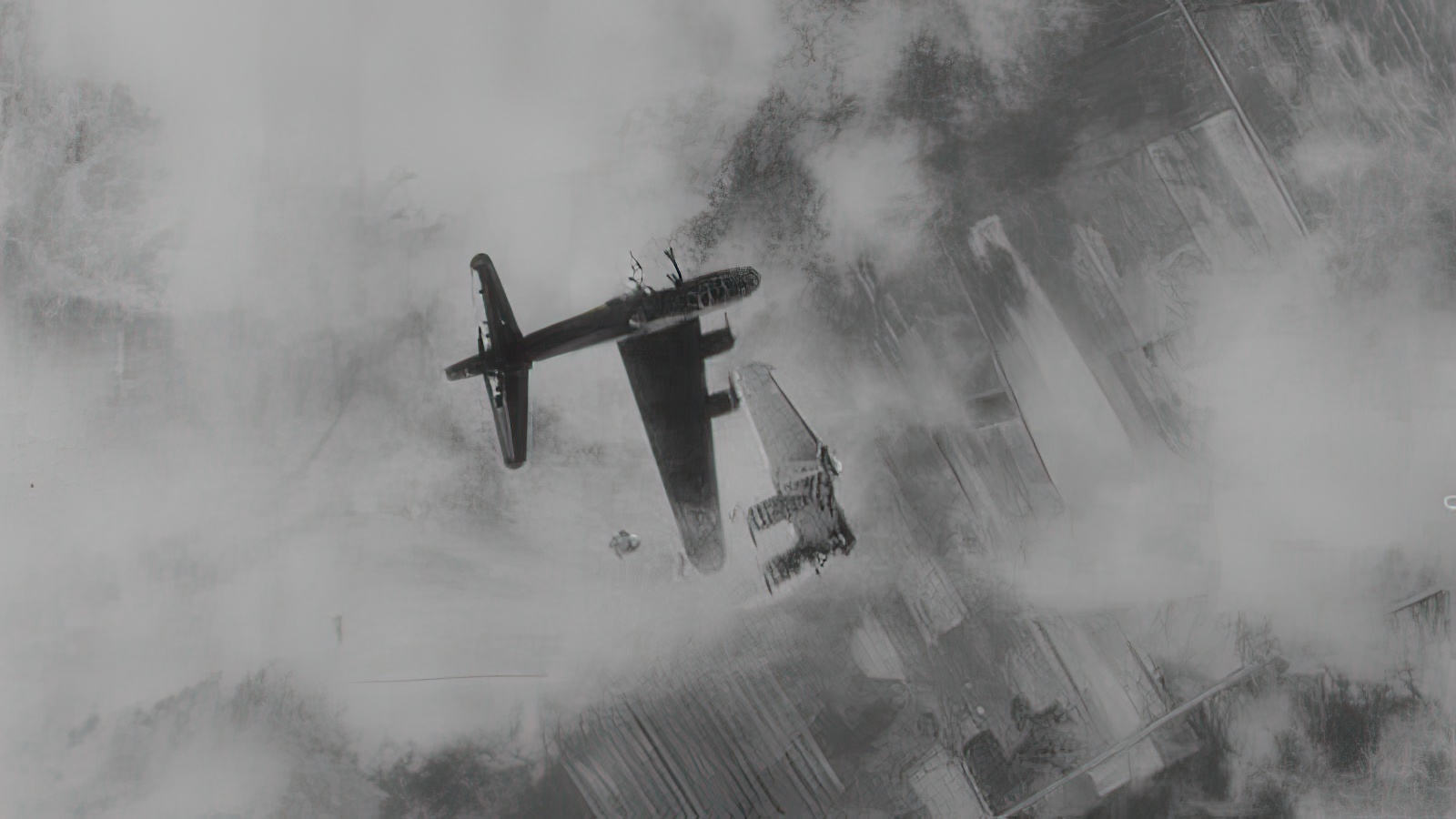
The Last Moment
In the final photograph of the sequence, “Wee Willie” has exploded. This is the last, most devastating image, showing the moment of impact. Fragments of what once was a formidable aircraft are now strewn across the sky, falling to the ground. The fire and smoke from the explosion mark the end of “Wee Willie” and its crew, a brutal conclusion to what started as a routine mission.
A witness who observed the incident provided additional details about the aftermath of the strike. In a written statement, the witness described, “Following the impact, the fuselage ignited, and after descending approximately 5,000 feet the left wing detached. The descent continued, and when the fuselage was approximately 3,000 feet above the ground, it experienced a first explosion, followed by another upon impact with the ground.”
Among the nine-man crew of Wee Willie, only Lt. Fuller survived. Reports indicate that the initial explosion forcefully ejected him from the cockpit, from where he successfully deployed his parachute and safely landed on the ground. Regrettably, he was promptly captured by German forces, and his subsequent fate remains unknown.
The entire sequence of events was documented by an automatic strike camera installed on another B-17 participating in the raid. This equipment initiated recording immediately after the first bombs were released, capturing images until exhausting its film supply or reaching the predetermined limit of programmed shots.
Echoes of Bravery and Sacrifice
The mission of “Wee Willie” was part of a larger raid targeting locomotive repair shops in Stendal. Despite the tragic loss, the mission was reported as a success with significant damage inflicted on the target. However, the cost was steep, with “Wee Willie” and another B-17, “Times A-Wastin’,” lost to flak fire. The accounts of the survivors and witnesses provide a harrowing narrative of the final moments, detailing the swift and violent end faced by these aircraft and their crews.

